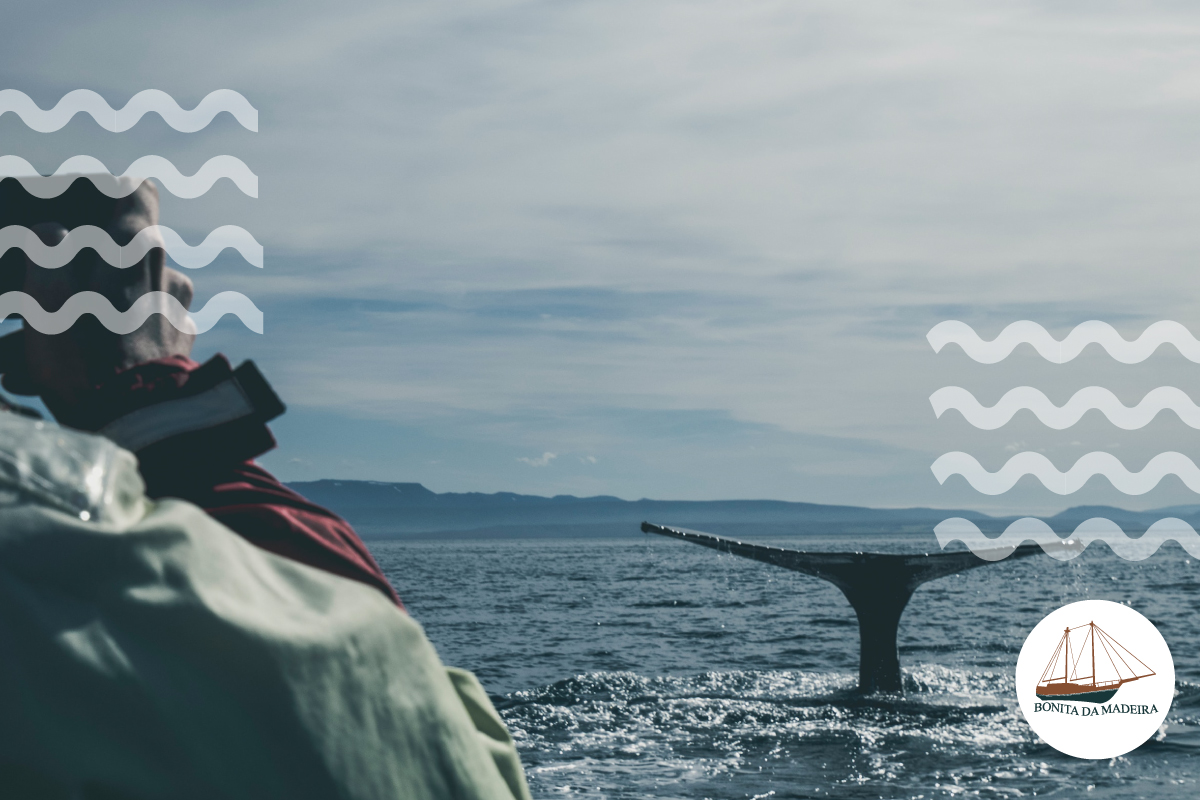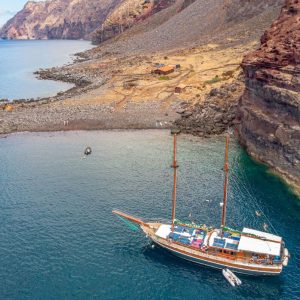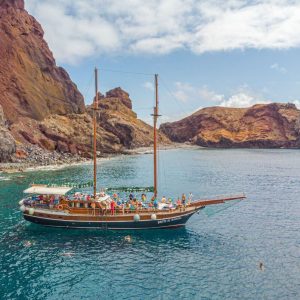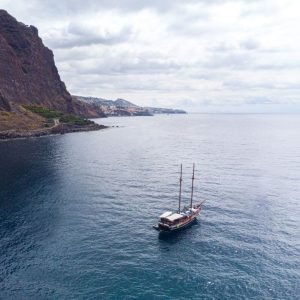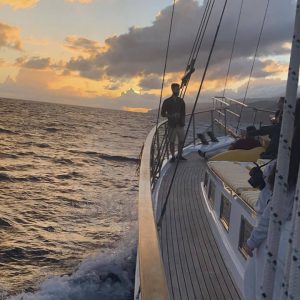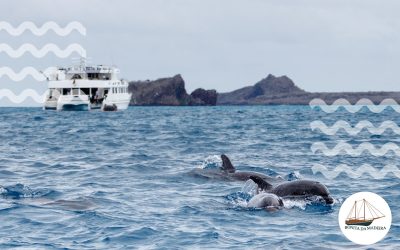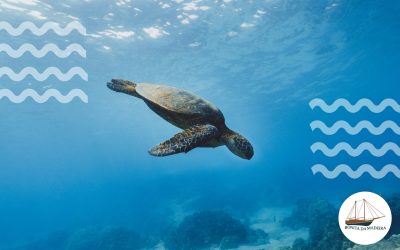Tips for Whale Watching: Madeira Island, with its stunning maritime landscape, emerges as a sanctuary for whale watching, providing visitors with a unique and unforgettable experience. Beyond the natural beauty, exploring the surrounding waters reveals the rich marine biodiversity that inhabits this Atlantic region.
This article not only highlights the wonders of whale watching in Madeira Island but also emphasizes the intrinsic importance of marine conservation and ecotourism.
Whale Watching Season on Madeira Island
The ideal season for whale watching on Madeira Island extends from April to October, offering a prime opportunity to witness various migratory species. Tips for whale watching during this period include maintaining a respectful distance, controlling speed, and minimizing noise pollution, crucial for responsible observation. The region hosts various whales, such as the blue whale, common whale and Bryde’s whale, drawn to its climatic and maritime conditions characterized by mild temperatures, clear skies, and calm seas.
Seasonal factors, including the availability of food, reproduction, and migratory routes, play a crucial role in the presence of whales in Madeira Island. These majestic creatures, primarily feeding on krill, concentrate in areas of high productivity, such as coastal upwelling zones and the edges of continental shelves. The unique geographical position of Madeira Island, situated between the cold waters of the north and the warm waters of the south, fosters the formation of nutrient-rich water masses and, consequently, krill. This phenomenon is particularly noticeable during the summer when primary production increases.
In addition to seeking food, whales select Madeira Island for reproduction, with warm and serene waters providing ideal conditions for mating and the birth of calves. Some species, like the pilot whale and sperm whale, establish resident populations on the island, remaining in the region throughout the year in family and social groups. Others, such as the blue whale and common whale, follow migratory patterns between feeding and breeding areas, making Madeira Island a strategic stop during their journeys. The island’s geographical position places it on a crucial migratory route, connecting the North Atlantic to the South Atlantic, and attracting an impressive variety of whales.
Whale Species in the Madeira Island Region

Madeira Island stands out as one of the privileged destinations in Europe for whale and dolphin watching, thanks to its rich diversity of cetaceans that inhabit or visit its waters throughout the year. Here are some of the most common species that captivate observers along the island’s coast:
- Sperm Whale
The majestic sperm whale, the largest toothed whale species, can reach an impressive length of up to 18 meters. This deep-sea cetacean primarily feeds on giant squids in Madeiran waters, especially from March to September. Sightings, whether solitary or in large groups, provide observers with a unique opportunity to witness their characteristic tail fluke when diving.
- Pilot Whale
The imposing pilot whale, a large dolphin, reaches lengths of up to 6 meters. With a black or grey colouration, it stands out with a white patch on the belly and a rounded head. Residing in Madeira year-round, it forms cohesive and social family groups, offering observers a unique experience in coastal waters.
- Bryde’s Whale
The elegant Bryde’s whale, a baleen whale species, can measure up to 13 meters in length. With a long and slender body, it feeds on small fish and crustaceans, sometimes interacting with boats. Present in Madeiran waters from April to December, it is often sighted alone or in pairs, distinguished by three distinct ridges on the head.
Equipment Required for Whale Watching
Whale watching in the stunning maritime landscape of Madeira Island is a unique experience that requires proper preparation. Here is a list of essential items to ensure a comfortable and safe whale-watching experience:
- Binoculars: Provide an enlarged view of whales in the distance, enhancing the overall observation experience.
- Camera or Camcorder: To capture unforgettable moments and document the species spotted during the expedition.
- Sunscreen: Due to prolonged exposure to the sun at sea, it is crucial to protect the skin against UV rays.
- Windproof and Waterproof Jacket: Weather conditions can vary, and a waterproof jacket may be essential for protection against water splashes.
- Hat or Cap: Offers shade and additional protection against sun exposure.
- Comfortable and Non-slip Footwear: Boats may sway, so secure and comfortable footwear is essential.
- Light Snacks: Energetic foods to maintain energy levels during the activity.
- Backpack or Waterproof Bag: Protect electronics and personal items from possible water splashes.
- Identification Documents: Having personal documents on hand is always prudent in case of need.
By preparing these essential items, whale-watching enthusiasts can enjoy a comfortable and safe experience, making the most of each memorable moment in the rich marine biodiversity of Madeira Island.
Environmental Care – Tips for Whale Watching
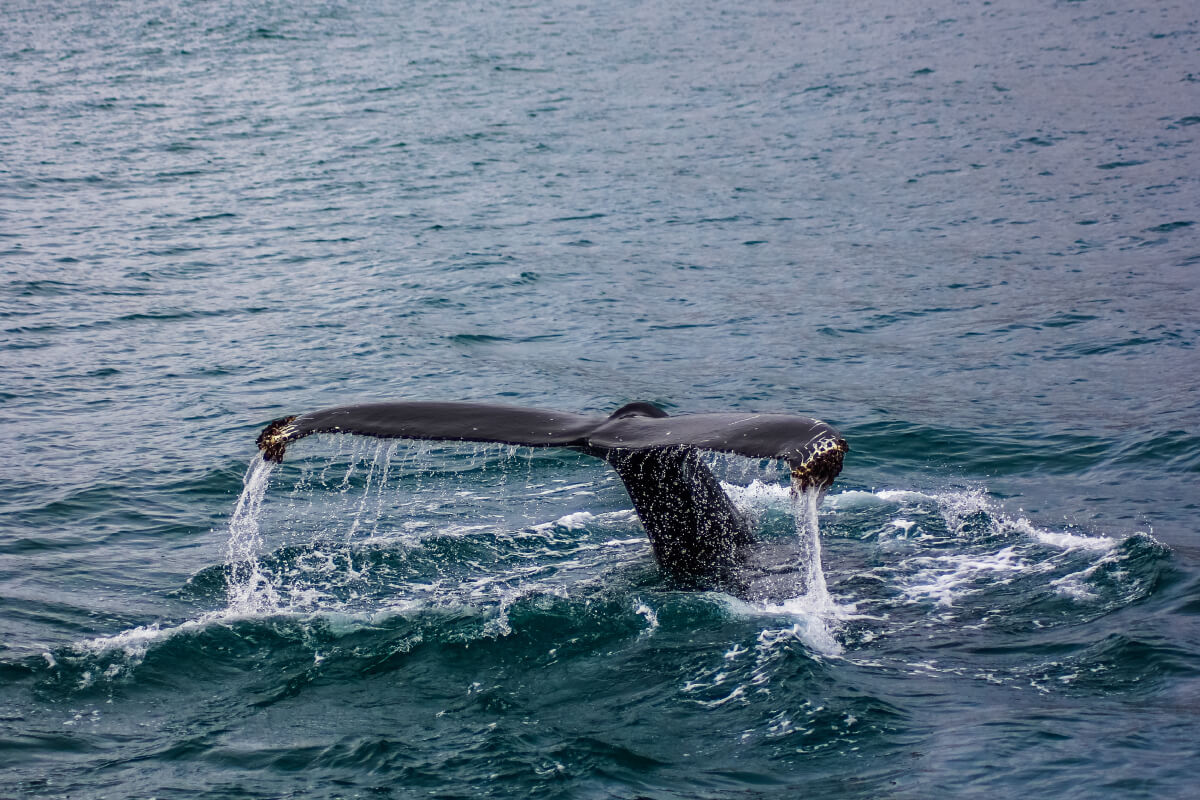

Whale watching in Madeira Island is not only an exciting opportunity but also an environmental responsibility. We emphasize the importance of not interfering with marine life and promote education on good whale-watching practices.
- Respectful Distance: Maintaining a safe distance is crucial to avoid disturbing the natural behaviour of whales. Boats should adhere to established distancing guidelines to ensure the tranquillity of the animals.
- Controlled Speed: When approaching sighting areas, boats should reduce speed to minimize noise impact and prevent any unnecessary stress to the whales.
- Engine Shutdown: When appropriate and permitted, turning off boat engines provides a quieter experience and minimizes noise, respecting the marine environment.
- Avoiding Chasing: Avoiding the pursuit of whales is crucial. Observation should be conducted passively, allowing cetaceans to follow their natural movement patterns.
- Zero Litter: Ensuring that all litter is collected and properly disposed of contributes to the preservation of the marine environment.
- Collaboration with Local Operators: Choosing tour operators committed to sustainable practices, such as Bonita da Madeira, and following established whale-watching guidelines ensures a responsible experience.
By adopting these environmental care practices, whale-watching enthusiasts on Madeira Island can enjoy the magnificent marine life ethically and sustainably, contributing to the preservation of this unique ecosystem.
Conclusion
In summary, Madeira Island provides a unique whale-watching experience against its stunning maritime backdrop. This article not only highlights the beauty of observing whales but also emphasizes the importance of marine conservation. The whale-watching season, from April to October, offers optimal conditions for witnessing various migratory species.
We’ve covered essential equipment for a safe and comfortable experience, including tips for whale watching. Respecting distances, controlling speed, and minimizing noise pollution are crucial for responsible whale watching. By adhering to these practices, enthusiasts contribute to the preservation of Madeira’s rich marine ecosystem, ensuring a sustainable and memorable experience.

